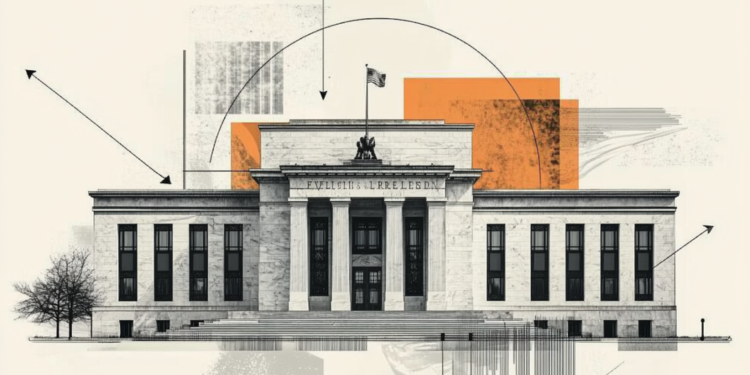Federal Reserve (Fed) Governor Stephen Miran told Fox Business on Thursday that other policymakers are more concerned about tariffs driving inflation than he is, per Reuters.
Key takeaways
“Others on Fed are not accounting for the population growth shock due to immigration changes.”
“There are material consequences to the shift from looser immigration to a net drop in immigration.”
“AI has a lot of power to drive the economy, but need to be careful about precise estimates of its impact.”
“More sanguine about growth than others on the Fed and still have lower rate outlook.”
“Deregulation of energy and financial industry will increase economy’s potential growth rate.”
“Decent shot at 3% growth for the second half of 2025 and into 2026.”
“View of rate cuts based on expectation that neutral is being pushed lower by tax policy and immigration.”
“Expectation is for shelter inflation to fall in the next six to 12 months.”
“Fed needs to be forward looking about the changes underway in the economy.”
“The long-term response to the recent Fed rate cut was muted, but do expense them to come down.”
“If view is right about tariffs, housing and other issues, then it is important for monetary policy to exit its restrictive stance.”
“View going forward is that policy is up 200 basis points too restrictive, should remove that in 50 basis point moves.”
“The economy is more vulnerable to downside shocks because Fed policy is too tight.”
“In the next 6 months would like the Fed to be a lot closer to neutral; can get there in a series of half point moves.”
“Obvious that other people on the Fed do not feel the need to move urgently.”
“There is no material evidence of tariff driven inflation, but that seems to be holding up others on the Fed.”
Market reaction
These comments received a neutral/dovish score of 4.2 from FXStreet Fed Speech Tracker. Meanwhile, FXStreet Fed Sentiment Index stays in neutral territory at around 100.00.
The US Dollar (USD) Index clings to modest daily gains near 97.90 after these remarks.
Fed FAQs
Monetary policy in the US is shaped by the Federal Reserve (Fed). The Fed has two mandates: to achieve price stability and foster full employment. Its primary tool to achieve these goals is by adjusting interest rates. When prices are rising too quickly and inflation is above the Fed’s 2% target, it raises interest rates, increasing borrowing costs throughout the economy. This results in a stronger US Dollar (USD) as it makes the US a more attractive place for international investors to park their money. When inflation falls below 2% or the Unemployment Rate is too high, the Fed may lower interest rates to encourage borrowing, which weighs on the Greenback.
The Federal Reserve (Fed) holds eight policy meetings a year, where the Federal Open Market Committee (FOMC) assesses economic conditions and makes monetary policy decisions. The FOMC is attended by twelve Fed officials – the seven members of the Board of Governors, the president of the Federal Reserve Bank of New York, and four of the remaining eleven regional Reserve Bank presidents, who serve one-year terms on a rotating basis.
In extreme situations, the Federal Reserve may resort to a policy named Quantitative Easing (QE). QE is the process by which the Fed substantially increases the flow of credit in a stuck financial system. It is a non-standard policy measure used during crises or when inflation is extremely low. It was the Fed’s weapon of choice during the Great Financial Crisis in 2008. It involves the Fed printing more Dollars and using them to buy high grade bonds from financial institutions. QE usually weakens the US Dollar.
Quantitative tightening (QT) is the reverse process of QE, whereby the Federal Reserve stops buying bonds from financial institutions and does not reinvest the principal from the bonds it holds maturing, to purchase new bonds. It is usually positive for the value of the US Dollar.
Read the full article here


